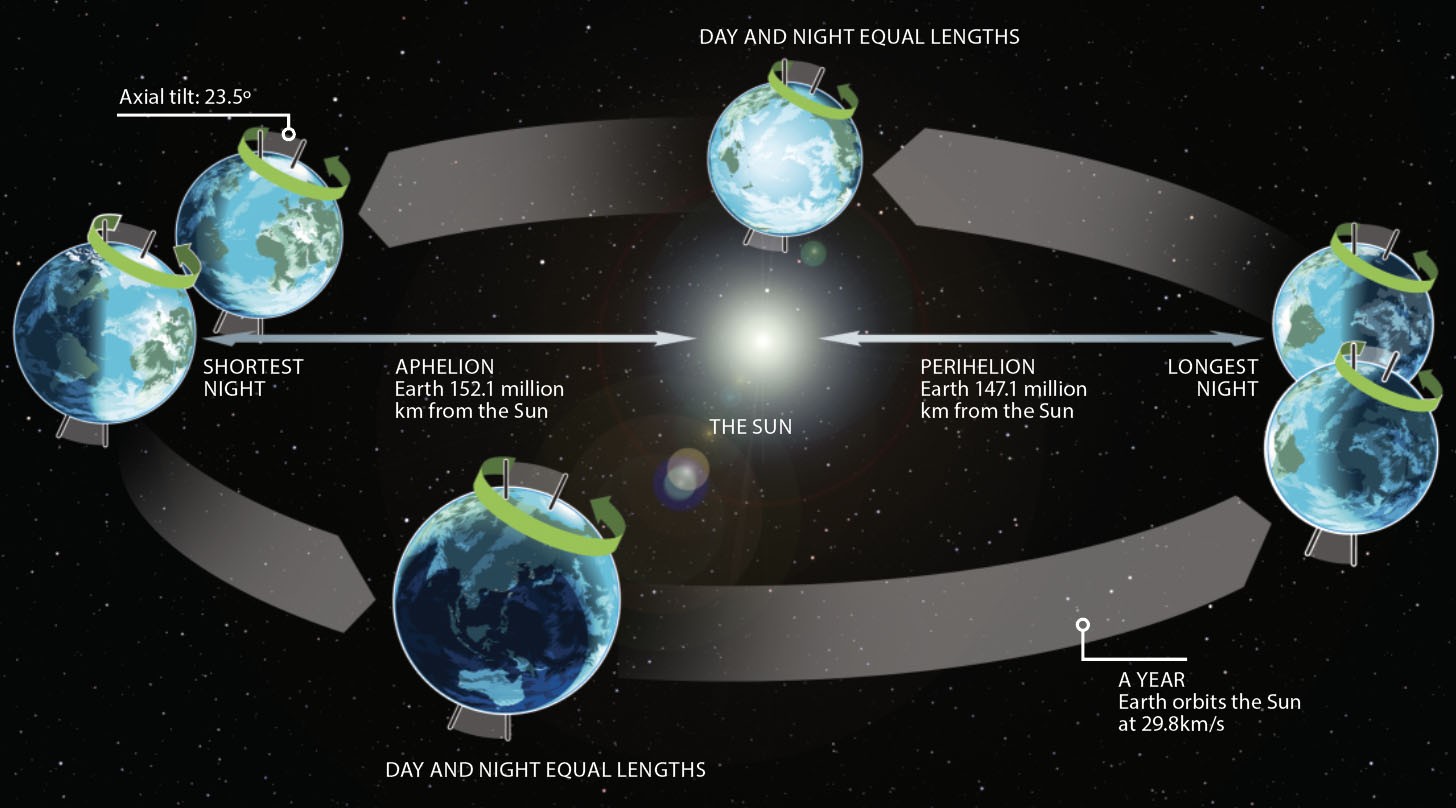February typically has 28 days, but every four years, it gains an extra day, bringing the total to 29. This phenomenon is known as a leap year. But Why Does February Have 29 Days in a leap year? The answer lies in the fascinating relationship between Earth’s orbit around the Sun and humanity’s efforts to create accurate calendars.
Earth’s Orbit and the Need for a Leap Year
Earth’s journey around the Sun, known as a tropical year, takes approximately 365.2422 days to complete. This is slightly longer than the 365 days in a standard calendar year. This seemingly small difference of roughly a quarter of a day adds up over time. Without adjusting for this extra time, our calendar would gradually fall out of sync with the seasons. Leap years, by adding an extra day every four years, compensate for this discrepancy and keep our calendar aligned with the Earth’s orbit. This ensures that the seasons occur at the same time each year.
The History of Leap Years: From Julian to Gregorian
The concept of leap years dates back to the Roman era. In 46 BC, Julius Caesar introduced the Julian calendar, which added an extra day to February every four years. This was an attempt to correct the quarter-day drift. However, the Julian calendar slightly overcorrected the problem. Assuming a solar year of 365.25 days instead of the more precise 365.2422 days led to a slow but accumulating discrepancy.
By the 16th century, this overcorrection had resulted in a 13-day drift between the calendar and the solar year. In 1582, Pope Gregory XIII introduced the Gregorian calendar, a refined system that addressed the Julian calendar’s inaccuracies. The Gregorian calendar skips three leap days every 400 years, resulting in an average year length of 365.2425 days – a much closer approximation to the actual solar year. This is the calendar used by most of the world today.
The Leap Year Rule: Divisible by 4, But with a Century Exception
Determining if a year is a leap year is relatively straightforward. A year is a leap year if it is divisible by 4. However, there’s an exception for century years (years ending in 00). Century years must be divisible by 400 to be considered leap years. This means that years like 1700, 1800, and 1900 were not leap years, and neither will 2100 be. Only century years divisible by 400, such as 1600 and 2000, are leap years.
Conclusion: Leap Years and the Harmony of Time
Leap years exemplify humanity’s ongoing quest to harmonize our constructed concept of time with the natural rhythms of the universe. This seemingly minor adjustment of adding an extra day to February every four years plays a vital role in keeping our calendar aligned with Earth’s orbit, ensuring that the seasons remain consistent over time. The leap year is a testament to the ingenuity and precision involved in creating a calendar that accurately reflects the celestial dance between Earth and the Sun.

